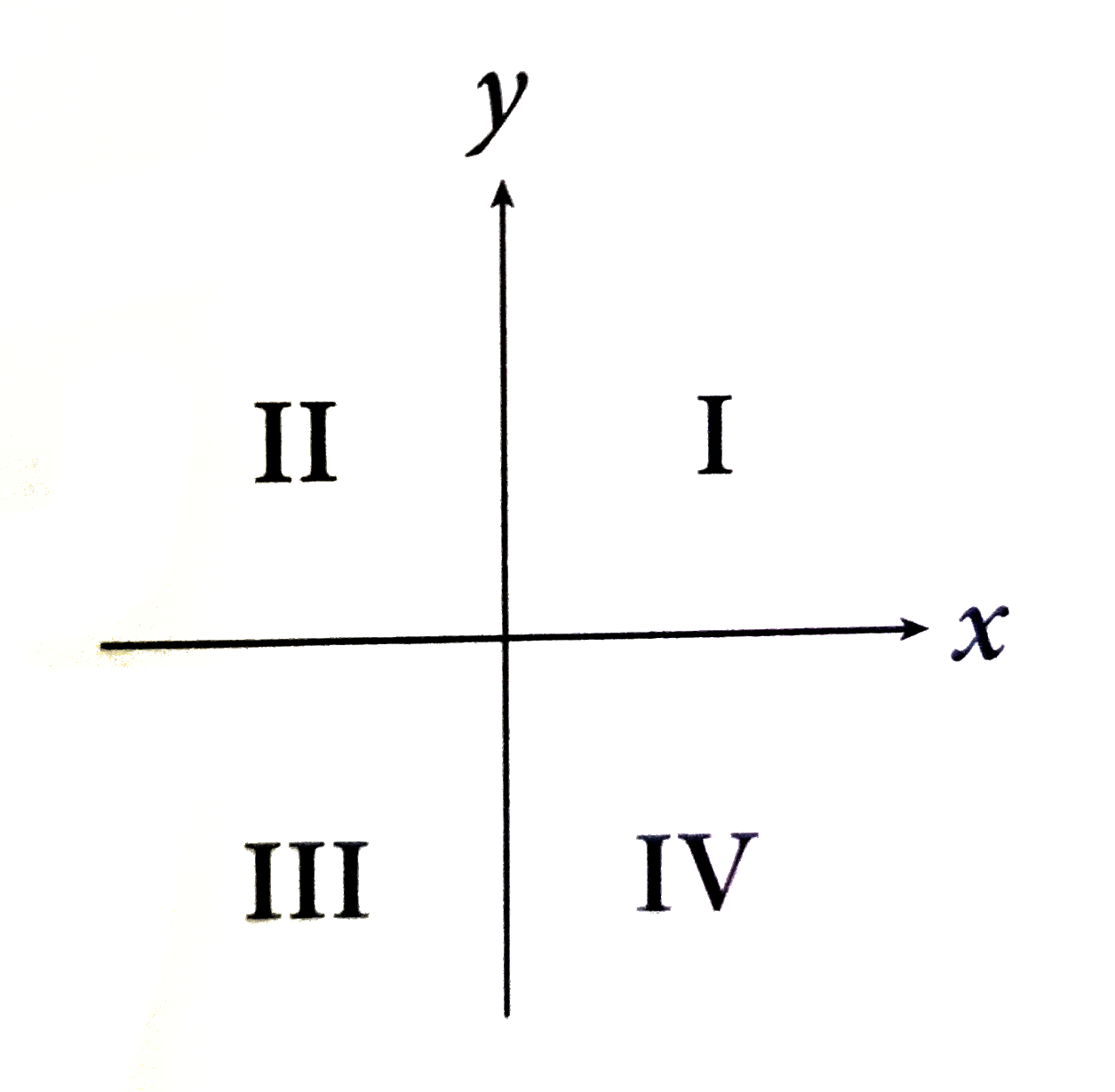Which quadrants contain point on the line y=x1,000+1,000,000?
The correct Answer is:I, II, and III
To determine which quadrants contain points on the line given by the equation y=x1000+1,000,000, we will analyze the behavior of the line based on the values of x.
1. Identify the equation of the line:
The equation is given as:
y=x1000+1,000,000
2. Determine the y-intercept:
When x=0:
y=01000+1,000,000=1,000,000
This means the line intersects the y-axis at (0,1,000,000).
3. Analyze the slope:
The slope of the line is 11000, which is positive. This indicates that as x increases, y also increases.
4. Evaluate for negative x:
Let's consider x<0:
- If x=−1000:
y=−10001000+1,000,000=−1+1,000,000=999,999
Here, y is positive.
- If x=−1,000,000:
y=−1,000,0001000+1,000,000=−1000+1,000,000=999,000
Again, y is positive.
5. Evaluate for positive x:
Now consider x>0:
- If x=1000:
y=10001000+1,000,000=1+1,000,000=1,000,001
Here, y is positive.
- If x=1,000,000:
y=1,000,0001000+1,000,000=1000+1,000,000=1,001,000
Again, y is positive.
6. Determine the quadrants:
- For x<0 and y>0: This is in Quadrant II.
- For x>0 and y>0: This is in Quadrant I.
- For x<0 and y<0: This does not occur based on our evaluations, as y remains positive for negative x.
7. Conclusion:
The line passes through Quadrants I and II. It does not pass through Quadrant III or IV since y never becomes negative for any value of x.
Final Answer:
The line y=x1000+1,000,000 contains points in Quadrants I and II.
The equation is given as:
y=x1000+1,000,000
When x=0:
y=01000+1,000,000=1,000,000
This means the line intersects the y-axis at (0,1,000,000).
The slope of the line is 11000, which is positive. This indicates that as x increases, y also increases.
Let's consider x<0:
- If x=−1000:
y=−10001000+1,000,000=−1+1,000,000=999,999
Here, y is positive.
- If x=−1,000,000:
y=−1,000,0001000+1,000,000=−1000+1,000,000=999,000
Again, y is positive.
Now consider x>0:
- If x=1000:
y=10001000+1,000,000=1+1,000,000=1,000,001
Here, y is positive.
- If x=1,000,000:
y=1,000,0001000+1,000,000=1000+1,000,000=1,001,000
Again, y is positive.
- For x<0 and y>0: This is in Quadrant II.
- For x>0 and y>0: This is in Quadrant I.
- For x<0 and y<0: This does not occur based on our evaluations, as y remains positive for negative x.
The line passes through Quadrants I and II. It does not pass through Quadrant III or IV since y never becomes negative for any value of x.
The line y=x1000+1,000,000 contains points in Quadrants I and II.
Similar Questions
Knowledge Check
- Question 1 - Select One

If the system of inequalities y≤−x+1andy<12x is graphed on the above polane which of the quadrants contain (s) no solutions to the system?AQuadrant IBQuadrant IICQuadrant IIIDQuadrants I and II - Question 2 - Select One
In 1995, the U.S. federal government paid off one-third of its debt. If the original amount of the debt eas $4,920,000,000,000, which expressions represents th amount that was not paid off?
A1.64×104B1.64×1012C3.28×108D3.28×1012
Which quadrants, if any do NOT contains any points on the line represented by x−y=18?
View Solution0.00018×600,000=?
View SolutionWhich is larger (1.01)100000 or10,000?
View SolutionChoose the correct option to fill in the blank
1g/cm3=(11,000/1000)kg/m3View SolutionThe point equidistant from the point (0,0,0),(1,0,0,),(0,2,0) and (0,0,3) is
View SolutionWhich is larger (1.01)10000000or 10,000?
View Solution

